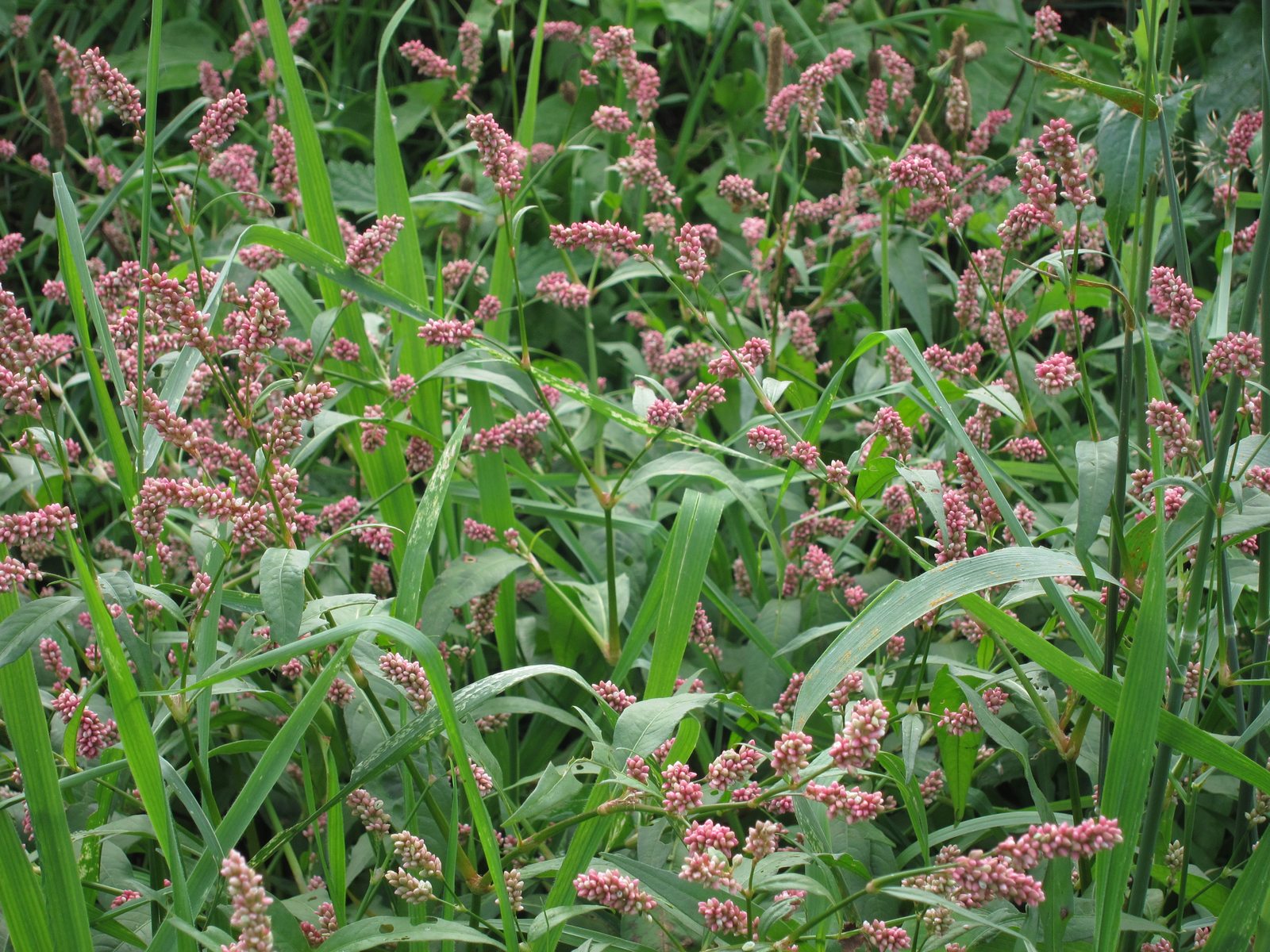Invasive Zone 5 Plants: Avoiding Common Invasive Species In Zone 5


Most local extension offices can provide gardeners with a list of invasive species for their zone. This is important information to prevent the spread of plants that are not native and can overcome native flora and disrupt ecosystems. Zone 5 invasive plants include those that also thrive in higher zones, as many of these plants are hardy in warmer regions as well. The northern and central parts of the United States comprise the cooler zones. Managing invasive plants in these areas is crucial to preventing their spread to outside states.
What are Invasive Species in Zone 5?
Major cities like Portland, Maine, Denver, Colorado, and Indianapolis, Indiana are all in USDA zone 5. These regions are heavily populated but also centers for important agriculture and conservation. Invasive species in zone 5 threaten the natural flora and intended crops. Invasive species management is incumbent upon all gardeners to support the native diversity of a region. Invasive species are either introduced to a region intentionally as ornamentals, fodder, or even for erosion control. Another method of introduction is unintentional. The unwanted seeds, rhizomes, and even rooting plant parts may be introduced on vehicle and machine parts, in transported crops, or through animals and human activity. Invasive species in zone 5 can come from any of these transit methods. This can make controlling unwanted plants very difficult and also means managing invasive plants is a community effort of watchfulness and committed planting of non-invasive only. Even the best intentions can create invasive plants, such as when California introduced ice plant as erosion control on dunes and kudzu vine was intentionally planted at a rate of one million acres for the same reason.
Invasive Zone 5 Plants
Cold-hardy invasive species in zone 5 must be able to survive in almost -30 degrees F. (-34 C.) weather. Most perennial weeds can either stay viable as seed or have deep penetrating taproots that allow them to re-sprout in spring. Oriental bittersweet is an invasive plant native to Asia and can cause damage to trees by girdling them or breaking plant material as the vine twines up the support plant. Japanese honeysuckle, mile-a-minute weed, English ivy, and kudzu are other vine-type plants that have been introduced to the region. Herbaceous plants might include:
- Common fennel
- Giant hogweed
- Japanese knotweed
- Garlic mustard
- Japanese stiltgrass
Shrubs and trees crowd out our forested native plants. Watch out for:
- Bush honeysuckle
- Common buckthorn
- Norway maple
- Tree of heaven
- Autumn olive
- Japanese barberry
- Multiflora rose
Managing Invasive Plants
Invasive zone 5 plants have the ability to naturalize, a process by which the plant finds its environment favorable, sustainable, and easy to adapt to. Managing zone 5 invasive plants starts with good planting practices. No plant on your extension list of invasives should be purposely introduced to the region. Careful cultivation practices and sanitation are crucial to minimizing the spread of propagating parts of unwanted plants. Specific methods of control will vary by plant and can include chemical, cultural, mechanical, and introduction of native species to areas that are being overrun by invasive species. In the home landscape, often the easiest control method is hand pulling but smothering, burning, and consistent cutting or mowing offer good control in most situations. If an area is taken over by an invasive species, sometimes the only option is chemical application. This should be done by professionals, or you should get guidance from your local nursery or extension office. Known invasive plants are generally considered when products are ordered for local nurseries and garden centers and chemicals are usually available easily. Use all precautions and follow product instructions when using any chemical control to prevent damage to wildlife, people, pets, and wanted species of plants.
Gardening tips, videos, info and more delivered right to your inbox!
Sign up for the Gardening Know How newsletter today and receive a free copy of our e-book "How to Grow Delicious Tomatoes".

Bonnie Grant is a professional landscaper with a Certification in Urban Gardening. She has been gardening and writing for 15 years. A former professional chef, she has a passion for edible landscaping.